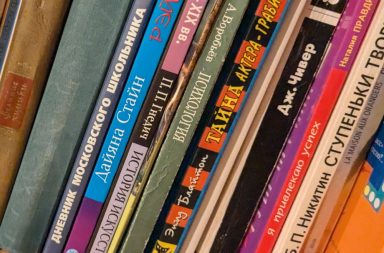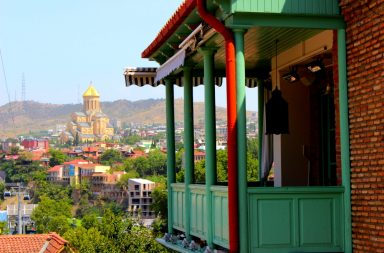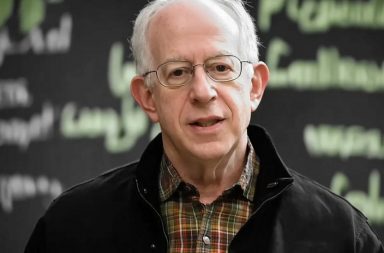Меня́ зову́т Я́на, я контент-ме́неджер образова́тельной платфо́рмы с интеракти́вными субти́трами 3ears.com. Мы публику́ем на са́йте коро́ткие оригина́льные ви́део-уро́ки. Не́которые диало́ги Татья́ны Климовой то́же аними́рованы и предста́влены у нас. Наприме́р, вот э́то ви́део о Москве́.
Осо́бой популя́рностью по́льзуются ви́део культу́рного хара́ктера. Поэ́тому хочу́ подели́ться свои́м ви́део о наро́дах Росси́и, кото́рое неда́вно бы́ло пока́зано в Оксфордском университе́те и понра́вилось иностра́нным студе́нтам. Наде́юсь, понра́вится и вам. В э́той статье́ я расскажу́ то́лько об узбе́ках.
My name is Yana, I am a content manager of an educational platform with interactive subtitles 3ears.com. We publish short original video-lessons on the site. Some of Tatiana Klimova’s dialogues are also animated and published at our platform. For example, this video about Moscow.
Especially popular are cultural videos among our viewers. Therefore I would like to share my video about the peoples of Russia which was recently shown at a lesson at the Oxford University and enjoyed by the foreign students. I hope you will like it too. In the article I will tell only about the Uzbeks.
На террито́рии РФ(Росси́йской Федера́ции) живёт о́коло 160(ста шести́десяти) национа́льностей, говоря́щих на со́бственных языка́х. И то́лько семь наро́дов име́ют чи́сленность бо́лее одного́ миллио́на – э́то ру́сские, тата́ры, украи́нцы, башки́ры, чува́ши, чече́нцы и узбе́ки.
Поговори́м об узбе́ках, кото́рых в Росси́и живёт о́коло 2(двух) миллио́нов. Вы зна́ете, что Узбекиста́н – страна́ в Центра́льной А́зии, кото́рая ра́ньше входи́ла в соста́в СССР.
On the territory of the RF (Russian Federation) there live around 160 (one-hundred sixty) nationalities, that speak their own languages. And only seven peoples have numbers more than one million – these are Russians, Tatars, Ukrainians, Bashkirs, Chuvashes, Chechens, and Uzbeks.
Let’s talk about the Uzbeks, of whom around 2 million live in Russia.You know that Uzbekistan is a country in Central Asia that used to be part of the USSR.
Са́мое большо́е влия́ние на культу́ру узбе́ков оказа́ли ара́бы, кита́йцы и ру́сские.
Э́ти тради́ции отражены́ в литерату́ре, му́зыке, та́нцах, в языке́, оригина́льной ку́хне и прекра́сной национа́льной оде́жде.
Узбекиста́н сла́вится свои́ми мече́тями, мавзоле́ями и сооруже́ниями, возведёнными на Вели́ком шёлковом пути́. Э́то дре́вняя торго́вая доро́га ме́жду Кита́ем и Средиземноморьем.
The largest influence on the culture of the Uzbeks has been exercised by the Arabs, the Chinese, and the Russians. These traditions are depicted in literature, music, dances, in the language, unique cuisine, and beautiful national costumes.
Uzbekistan is known for its mosques, mausoleums, and structures erected along the Silk Route. This is the ancient trade route between China and the Mediterranean Sea.
Поздне́е э́тот путь распространя́л та́кже но́вые техноло́гии (наприме́р, та́йные техноло́гии произво́дства бума́ги), но́вые иде́и и рели́гии. Так к узбе́кам пришёл будди́зм.
Кла́ссика узбе́кской музыка́льной культу́ры – э́то мако́мы. В мелоди́ческой осно́ве большинства́ мако́мов лежи́т интона́ция пла́ча.
Later this route also disseminated new technologies (for example, secret technologies for producing paper), new ideas and religions. In this way, Buddhism also arrived to the Uzbeks.
A classic of Uzbek musical culture are the maqams. At the melodical foundation of the majority of maqams lies the intonation of weeping.
Интере́сны дре́вние обря́ды узбе́ков. Наприме́р, Беши́к-туй – пе́рвое пелена́ние ребёнка. Э́тот обря́д сохрани́лся в культу́ре узбе́ков с да́вних времён и до сих пор соблюда́ется в Узбекиста́не. Для ка́ждой узбе́кской семьи́ – э́то большо́й пра́здник. Прово́дится он на сороково́й день со дня рожде́ния ребёнка.
Продолже́ние сле́дует…
The ancient ceremonies of Uzbeks are interesting. For example, Beshik-Tui is the first swaddling of a child. This ceremony has been preserved in Uzbeks’ culture across the ages and to this day is held in Uzbekistan. For every Uzbek family this is a big celebration. It is held on the fortieth day after the child’s birthday.
To be continued…





